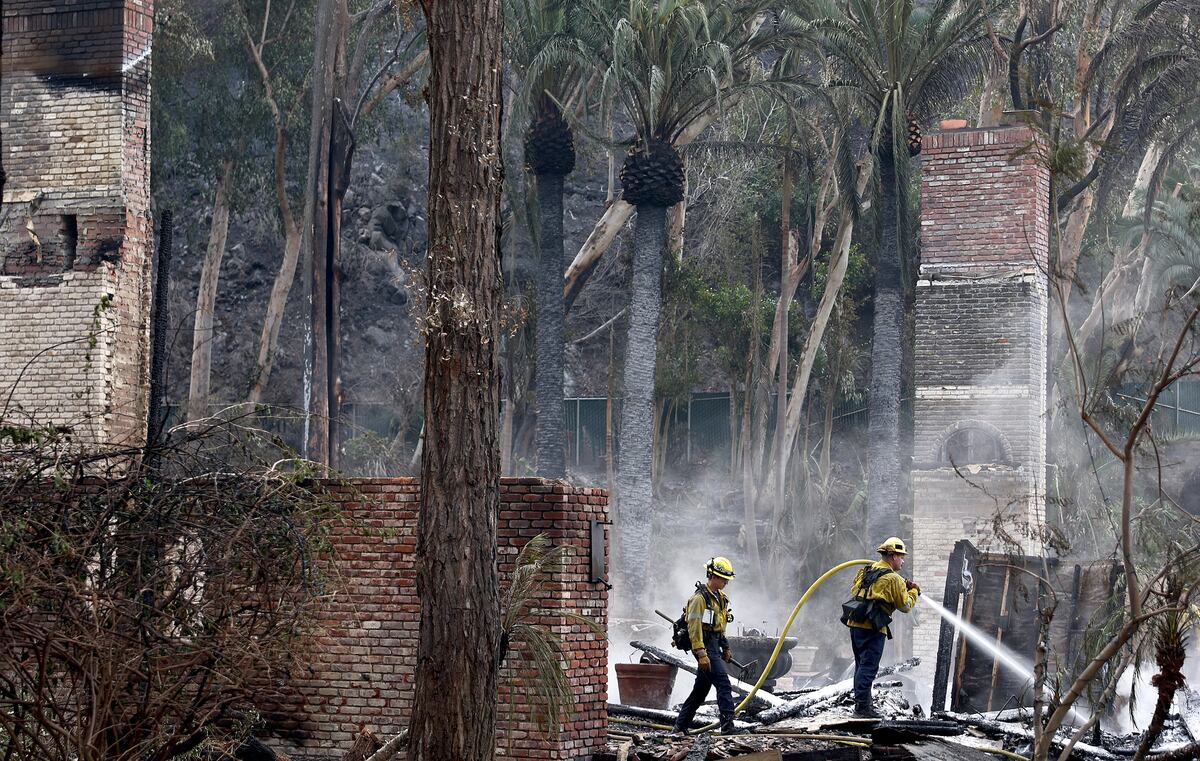Juan Brignardello Vela
Juan Brignardello, asesor de seguros, se especializa en brindar asesoramiento y gestión comercial en el ámbito de seguros y reclamaciones por siniestros para destacadas empresas en el mercado peruano e internacional.




As wildfires continue to ravage parts of California, particularly in the Los Angeles area, the state's history of destructive weather events looms large. The Palisades fire and the Eaton fire have already consumed over 34,000 acres, obliterating neighborhoods and prompting urgent evacuations. These fires stand among the most devastating in Los Angeles history, adding to a growing catalog of catastrophic events that have plagued the region over the last two decades. The recent wildfires are not isolated incidents; they are part of a series of natural disasters that have tested California’s resilience. From droughts and wildfires to mudslides and earthquakes, the state has endured a varied array of environmental challenges, raising questions about its vulnerability. Dr. Steven Godby, a natural hazards expert, explains that California's susceptibility to disasters stems from a unique combination of geological and climatic factors. The interplay of tectonic activity, particularly along the San Andreas Fault, combined with a Mediterranean climate characterized by periodic droughts and extreme heat, makes the state a hotbed for natural catastrophes. Reflecting on the past two decades, several significant events illustrate California's tumultuous relationship with nature. In January 2005, the La Conchita mudslide claimed ten lives and devastated homes due to record rainfall over a short period. A severe heatwave followed in July 2006, bringing unprecedented high temperatures, resulting in approximately 140 fatalities and overwhelming water and energy resources across the state. From 2007 to 2009, California grappled with a prolonged drought, which saw the governor proclaim a statewide water emergency for the first time. This drought not only wreaked havoc on agriculture—costing the state an estimated $25 billion—but also set the stage for the wildfires that took the lives of 17 people during that period. The intensity of California's weather continued with a severe windstorm in late 2011, affecting over 400,000 residents and damaging hundreds of homes. As wildfires continued to plague the state, the Camp Fire in 2018 emerged as a devastating highlight, becoming the deadliest wildfire in California history, claiming 85 lives and displacing thousands. The seismic activity in the state also poses significant risks, exemplified by the Ridgecrest earthquakes in July 2019, which affected tens of thousands and caused widespread damage. More recently, Hurricane Hilary in 2023 brought unprecedented rainfall to southern California—an event so impactful that it prompted the National Hurricane Center to issue tropical storm warnings for the region. Just last year, a winter storm led to atmospheric rivers that resulted in extensive flooding and mudslides, showcasing how California's climate can switch rapidly from one extreme to another. These atmospheric river events have become more frequent, raising concerns about the implications of climate change on the state's weather patterns. As Californians deal with the current wildfires, it’s essential to recognize the broader context of their challenges. The convergence of a growing population, urban expansion into hazardous areas, and the increasing severity of natural disasters raises crucial questions about disaster preparedness and resilience. With climate change continuing to rear its head, the Golden State finds itself in a precarious position, consistently navigating through nature's fury while striving to protect its communities and infrastructure.
